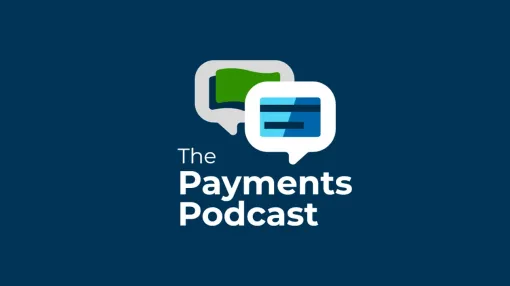How many times must Treasurers and CFOs run into the same old legacy problems before they commit to total transformation? There is a limit. Time’s up for automation laggards.
Judging by much of the current Accounts Payable (AP) research, thousands of financial institutions (FIs) and corporates continue using paper checks and simple spreadsheets for complex business payments. The absence of purpose-built AP automation is out of step with a digital economy growing far less tolerant with outdated banking and payments.
What’s also dangerous is that many companies made quick digital patches to their systems in the depths of the pandemic but left AP alone, because ‘if it ain’t broke, don’t fix it.’ It’s not broken, but it is like walking 500 miles instead of driving. Still, AP was left alone.
That was a mistake. Those who ignored AP automation now find themselves clamoring for it. The most motivated are those who’ve sampled what automating payables can do.
The Perils of ‘Partial Automation’
In its ‘Accounts Payable Automation Trends 2024’ report, the Institute of Financial Operations & Leadership (IFOL) calls this condition “Partial Automation.”
It notes that “In 2024, 74% of teams reported being only partially automated, marking an increase from 62% in 2023 and 54% in 2022. Conversely, only 5% of teams reported being fully automated, indicating a significant gap between partial and full automation.”
A common scenario is when companies automate the approval process…and nothing else.
“Those pandemic quick fixes are over, and more companies are evaluating systems they put in place during that time and realizing that automating part of the payments process just doesn’t cut it,” said Gunita Bindra, VP of Channel Strategy at Bottomline.
“It creates more issues than it solves,” she added. “When you have automated only one or two functions, you still have this whole puzzle that is not automated. Now you have different processes to manage different things. You’ve created more work for yourself.”
Automating a company’s manual processes (not just products, but services) also takes a major load off the CFO’s entire office, adding new levels of speed, accuracy, and security.
Also, AP is a department that needs experienced human professionals reviewing the most complex problems. Imagination plus automation solves a lot of payment problems.
AP Automation: Convenience, Security, and Monetization
AP automation isn’t there just to do the repetitive work of processing invoices and sending payments. It’s a key component of a company’s fraud defenses today. Now that fraudsters are operating with the sophistication of global corporations, legitimate players can’t skimp.
A company may have automated supplier enrollment but continues to enter the bank account details of suppliers manually. “It’s a serious risk, but they’re thinking it's all automated,” Bindra said. “That is not automated. That is fraud-prone and very risky.”
“Your system needs to be able to digitize and automate as many payments as possible on day one,” she added. “That's when there's an a-ha moment that they’re cutting, let's say, 500 checks per month, and we can bring it down to two. That resonates with customers.”
Research bears it out. The IFOL Accounts Payable Automation Trends report notes that “In 2024, 52% of AP professionals reported spending more than ten hours a week processing invoices, down from 62% in the previous year. Moreover, the manual keying of invoices into ERP/ accounting software decreased to 60%, compared to 85% in 2023.”
That’s why 45% of respondents plan to achieve full automation in the next 12 months, with 31% more expressing plans to fully automate payables soon.
Word gets around about the kind of results AP automation is achieving, including rebates, which can be considerable. Bindra spoke of a customer who made back so much in rebates they were able to invest those savings in a total system upgrade for the company.
Asked if AP automation can be a reliable revenue generator, Bindra said that’s been proven, as paying bills on time or early replaces penalties with payments, allows companies to hang onto cash until the last minute, and otherwise strengthens AP’s contribution.
Years after pandemic-era digital investments radically changed processes and rewrote the payments rulebook, it’s time to benefit from those learnings.
“It’s like asking do you want to be happy, or just semi-happy,” Bindra said. “Do you want to be semi-satisfied? If your answer is yes, then okay, semi-automation works for you. But if you want to be fully satisfied, that's when you turn to digitizing your full accounts payable process from invoice to payment.”


